There can be your advertisement
300x150
How to Quickly Clean Tile: Tips You Didn't Know About
The time-consuming process of washing ceramic tiles can be simplified and shortened by following our tips and life hacks. Did you know about them?
What inventory do you need?
- A soft but flexible brush to clean dried dirt. Too stiff bristles can damage the tile surface.
- An old toothbrush. Useful for cleaning grout lines between tiles.
- A sponge. To apply cleaning solutions to tiles and remove dirt.
- A microfiber cloth. It's convenient to use for drying excess water after cleaning and polishing glossy tiles.
Life Hack
To speed up the process, consider purchasing high-tech cleaning tools — a steam cleaner and an electric brush. Window cleaners with vacuum pumps can also be mounted on any smooth surface, including tiles. These gadgets are convenient to use on large tiled areas.
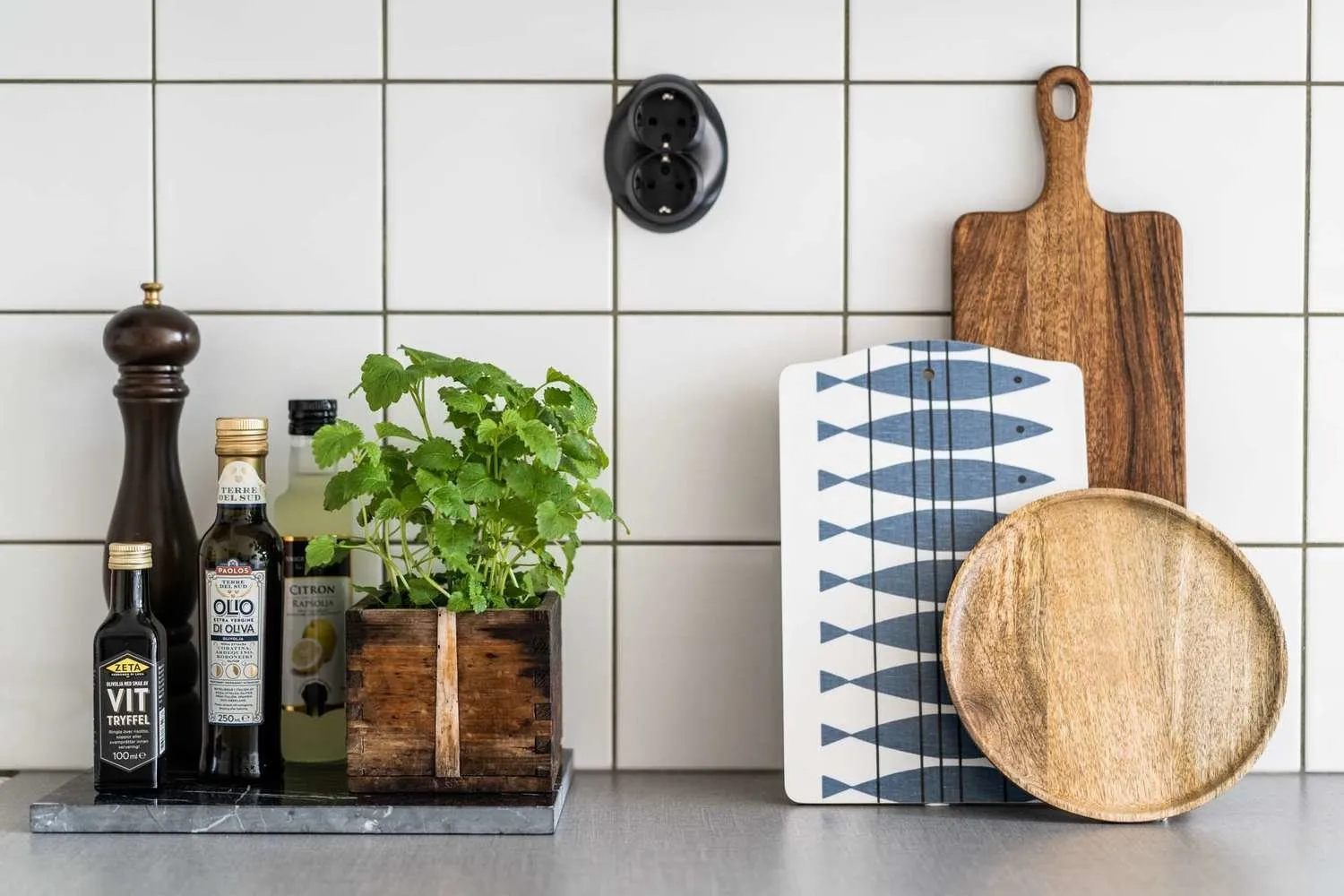 Pinterest
PinterestWhat to Clean? Grease and Micro-Food Particles
Light dirt can be removed with dish soap or a baking soda solution: add four tablespoons to one liter of water, apply it to the tiles, and leave for a few minutes. Clean and rinse with water. More complex dirt can be removed with a kitchen tile cleaning product.
Life Hack
Before washing the tiles, try steaming them: fill a bathtub, shower, or kitchen sink with hot water, or pass a hair dryer over the surface. This opens the pores of the tiles and makes it easier to remove dirt.
Calcium and Soap Residue in the Bathroom
The best way to deal with bathroom dirt is with bathroom cleaning products. However, the tiles can be damaged by acids in their formulas. Additionally, the bathroom is a humid space with poor air circulation, and it's easy to inhale fumes from cleaning products during cleaning. Therefore, aggressive acid-based cleaners should not be used here and should instead be replaced with milder options based on citric, lactic, or other organic acids.
Life Hack
Strong acids in cleaning products will give off a sharp chemical smell from the bottle. These products should only be used with gloves and with open windows in the room.
Pay attention to aggressive cleaning ingredients. The most harmful are anionic surfactants (AOS). Regularly using cleaning products with high levels of AOS is unsafe: they accumulate in the body and can cause disruptions in virtually all vital systems. This may manifest as dry skin, dermatitis, and allergies.
Safe AOS content in a cleaning product is up to 5%, as in the universal cleaning milk Meine liebe. This is a concentrated cleaning solution for daily cleaning of any surfaces in the kitchen and bathroom. Its gentle formula based on natural limestone effectively cleans but does not damage surfaces. It quickly removes calcium deposits and soap streaks, disinfects tiles and grout lines, cleans ceramics, enameled and stainless steel fixtures and taps, glass panels, and electric or glass-ceramic cooktops.Thanks to its eco-friendly formula, the product is safe for use in homes with autonomous sewage systems — septic tanks.
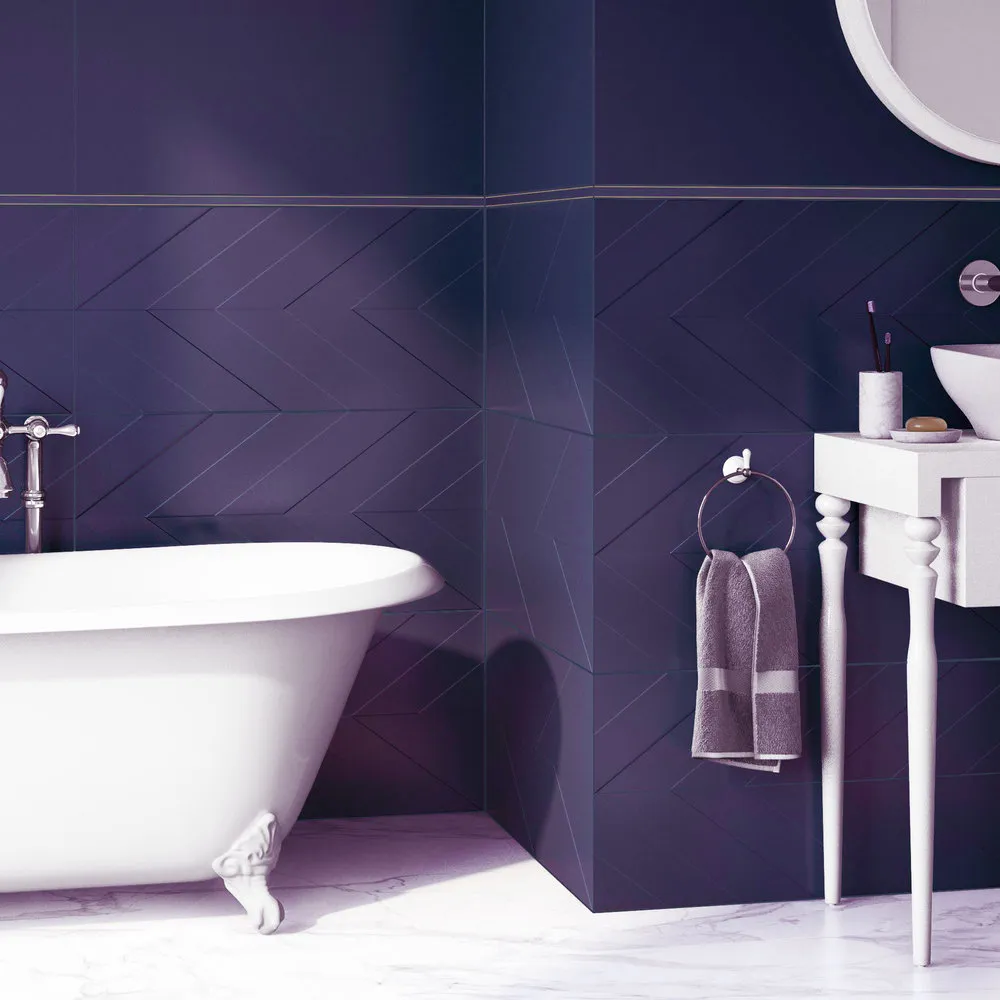 Pinterest
PinterestStreaks on Glossy Tiles
They appear if the tiles are not dried after cleaning. A microfiber cloth can help polish them. It's important to thoroughly wipe glossy tiles after each shower or bath, rinsing the surface with water first.
You can use glass cleaning solution or try polishing tiles with ammonia spirits (2–3 tablespoons per liter of water). However, it's better to save these methods for emergency situations and avoid overuse of spirit-based products: their vapors are harmful to health.
Life Hack
Start washing wall tiles from bottom to top, finishing from top to bottom. This helps clean them quickly and with minimal effort.
 Pinterest
PinterestDarkened Grout Lines
Chlorine-based products can disinfect and lighten darkened grout lines. However, chlorine is highly harmful to the body and can damage the tiles themselves. This despite the fact that during production, it goes through several stages of firing at very high temperatures.
Design: Anna Akopyan
The plus side of such products is that they only solve the problem of darkened white grout. If the grout is colored, after such disinfection, pigments will lighten and the color will become uneven. This can be corrected with special acrylic grout paint, but applying it neatly requires some effort.
More gentle methods to fight discoloration and mold on grout include using a steam cleaner, weak acid-based products, or pencil-shaped cleaning sticks.
LIFE HACK
Grout lines often get moldy, darken, and become uneven in color if you skimp on the grout and fill the gaps with cement-based mix.
To avoid wasting time and effort maintaining grout in clean condition, choose epoxy two-component grout. It costs more but is virtually waterproof, unlike cement-based grout. It resists bacterial and fungal growth, doesn't change color, and is nearly indestructible.
Design: Julia Kaufeldt
6 Tips for Clean Tiles and Grout
Avoid black glossy tiles.
Or use them only in very small areas. This is the most noticeable option among all available.
Avoid overly rough tiles.
On such tiles, it’s almost impossible to slip, but they’re also nearly impossible to clean: the cloth gets caught on the rough surface, leaving fabric fibers behind, and small dirt gets embedded deeply.
Wipe the kitchen backsplash and floor tiles at the end of the day after cooking.
This daily ritual takes very little time, and you won’t have to spend a long time removing embedded dirt.
After laying tiles, treat grout lines with sealant.
This extends the life of the grout, especially if it's cement-based.
Keep tiled surfaces dry.
A reliable way to prevent mold and mildew is good ventilation in bathrooms and toilets, and always slightly open doors in humid rooms.
Do not use soap solution.
Soap creates a microfilm on tile and grout surfaces, which is an excellent environment for growing mold and mildew.
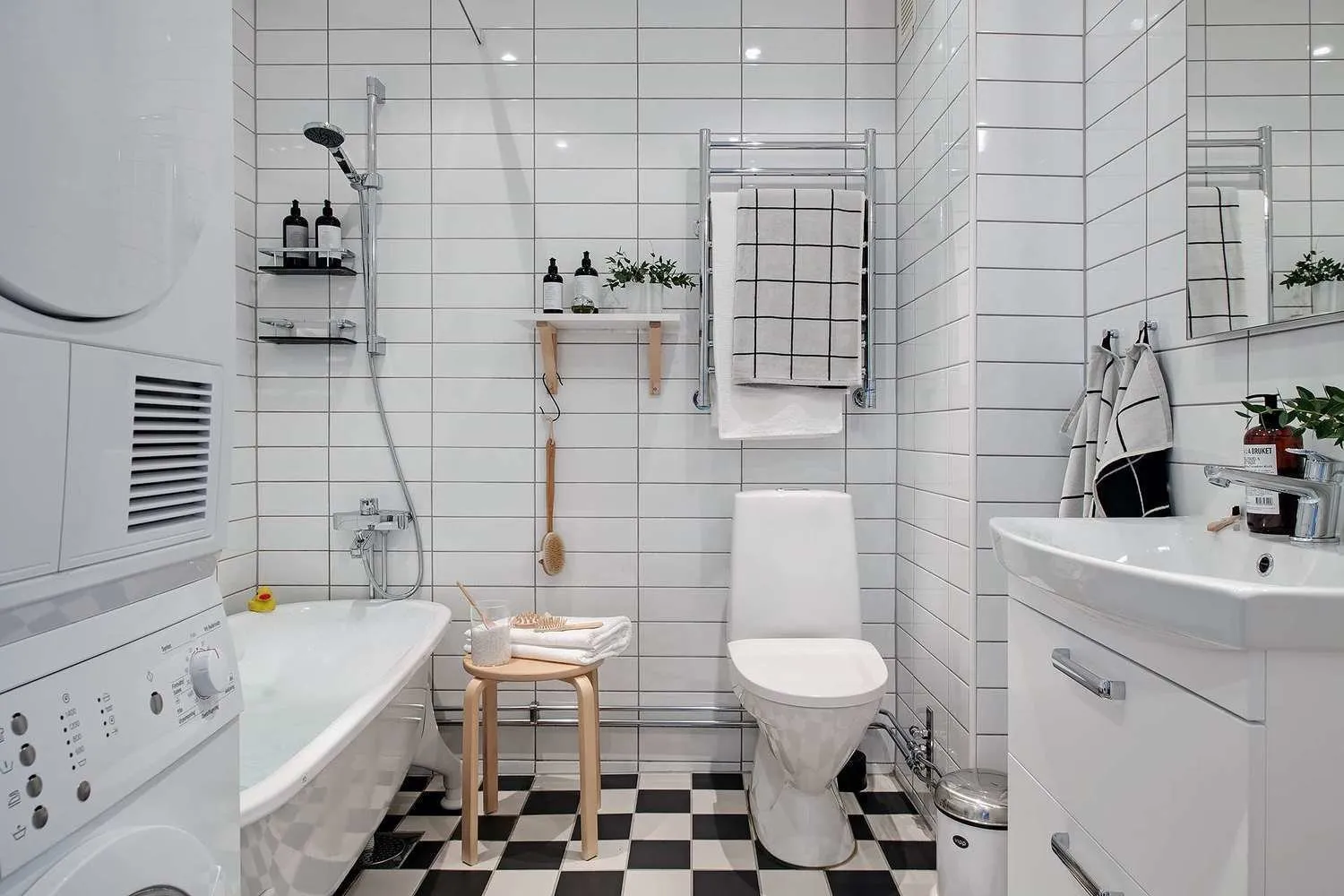 Pinterest
PinterestMore articles:
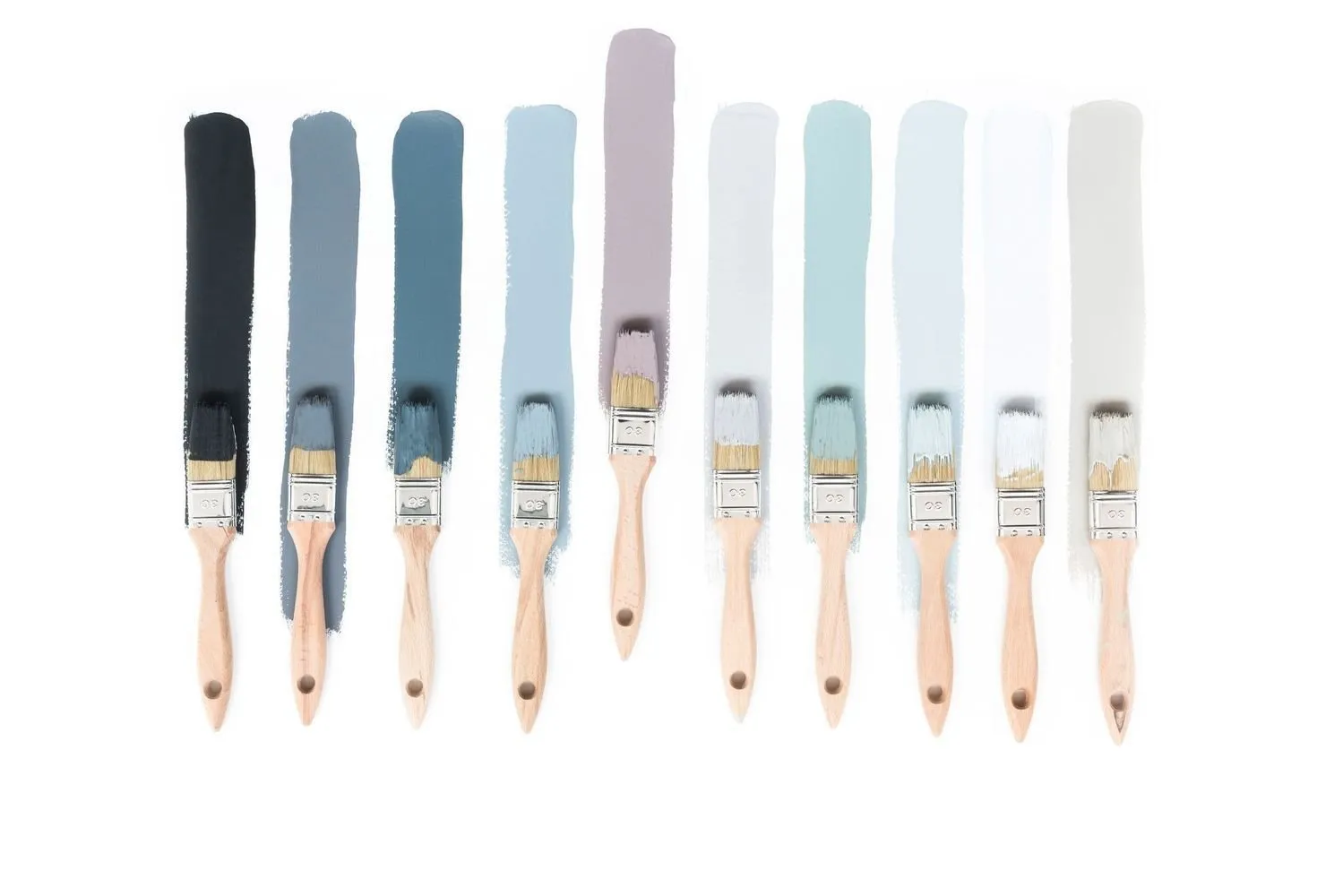 What You Need to Know if You Want to Repaint Walls
What You Need to Know if You Want to Repaint Walls Reconfiguration of a Studio Apartment: How We Found Storage Spaces?
Reconfiguration of a Studio Apartment: How We Found Storage Spaces?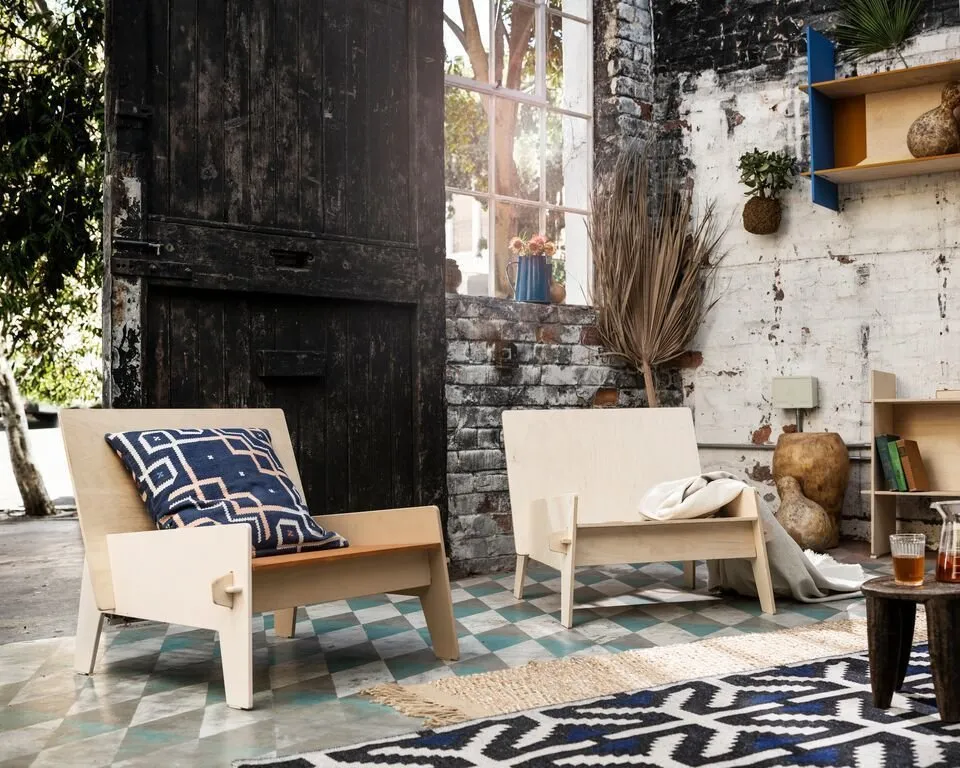 New Limited IKEA Collection: What's Interesting About It?
New Limited IKEA Collection: What's Interesting About It?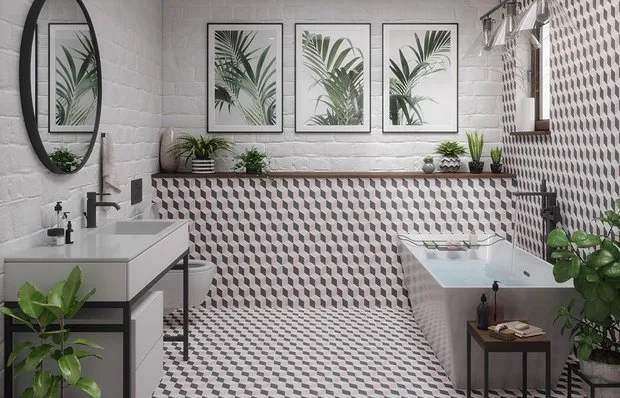 10 Top Ideas for Bathroom: Trends 2019/2020
10 Top Ideas for Bathroom: Trends 2019/2020 First Floor — Is It Bad? How an Apartment Became a Country House
First Floor — Is It Bad? How an Apartment Became a Country House Iconic Inventions for Bathroom and Toilet
Iconic Inventions for Bathroom and Toilet House Built from Boat Shed on Australia's Coast
House Built from Boat Shed on Australia's Coast 5 Cool Designer Inventions from Kickstarter
5 Cool Designer Inventions from Kickstarter